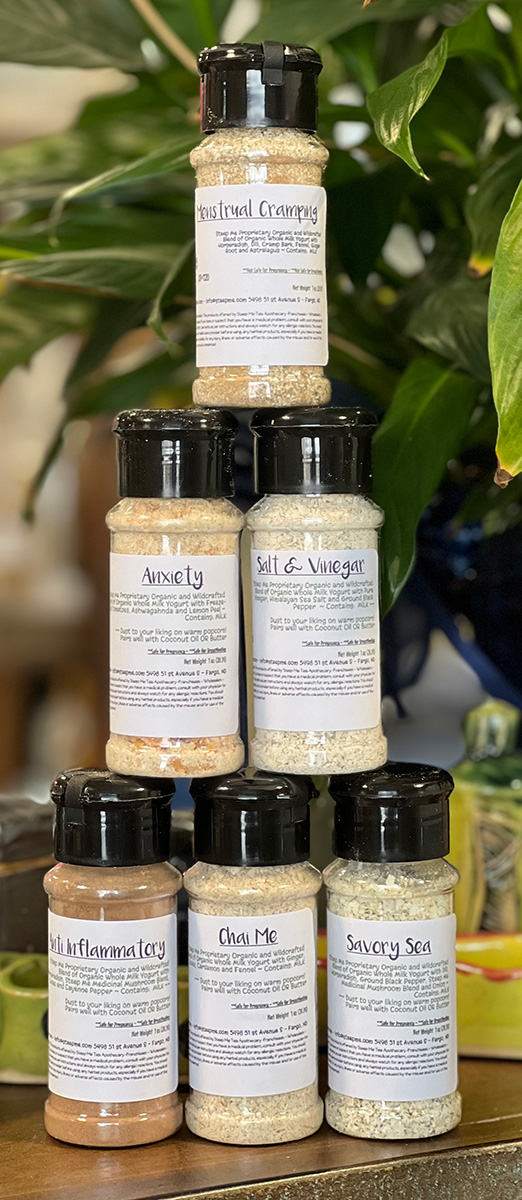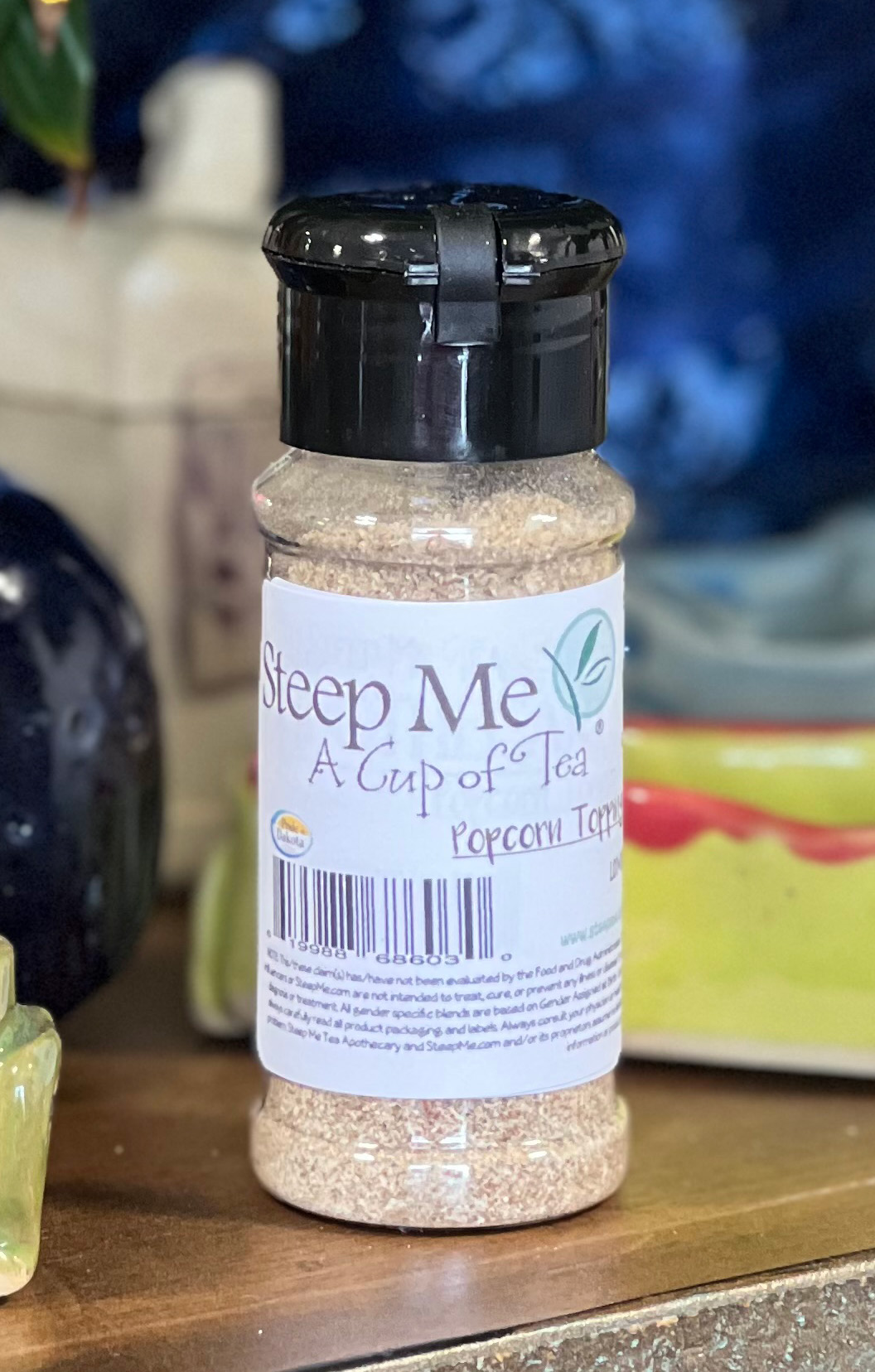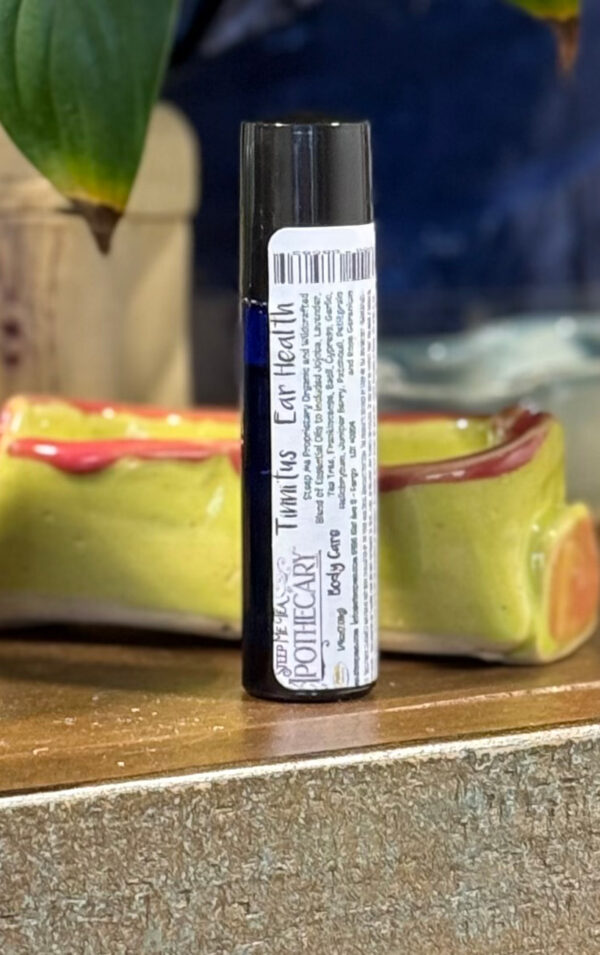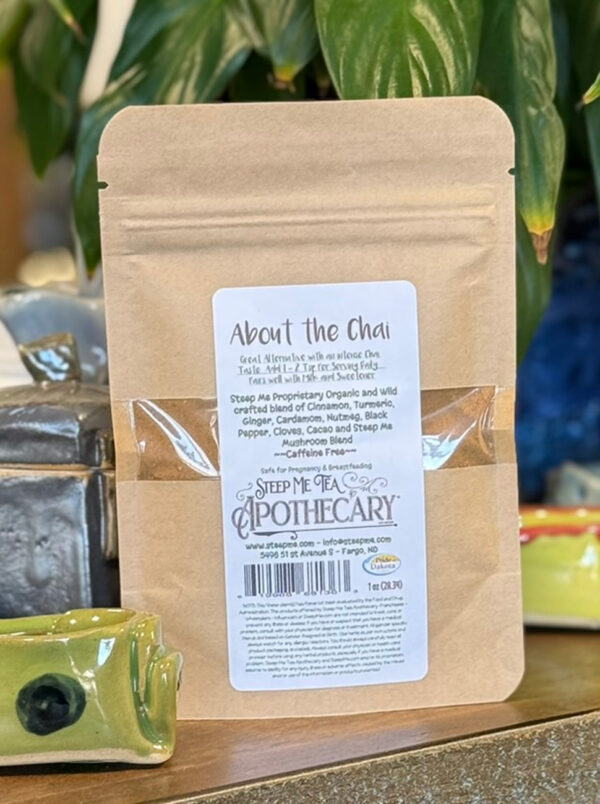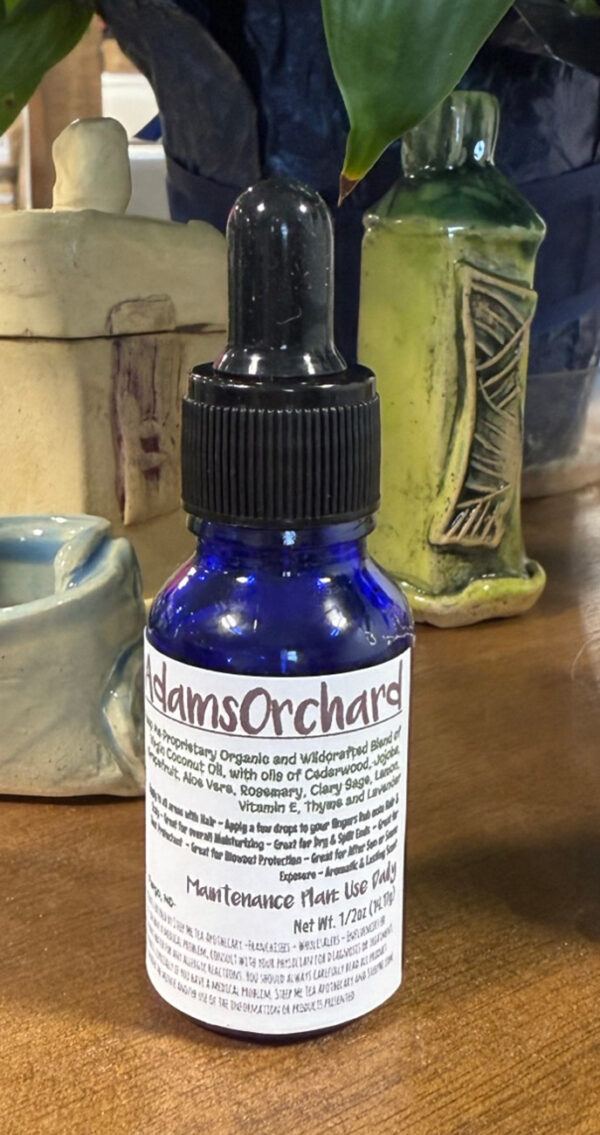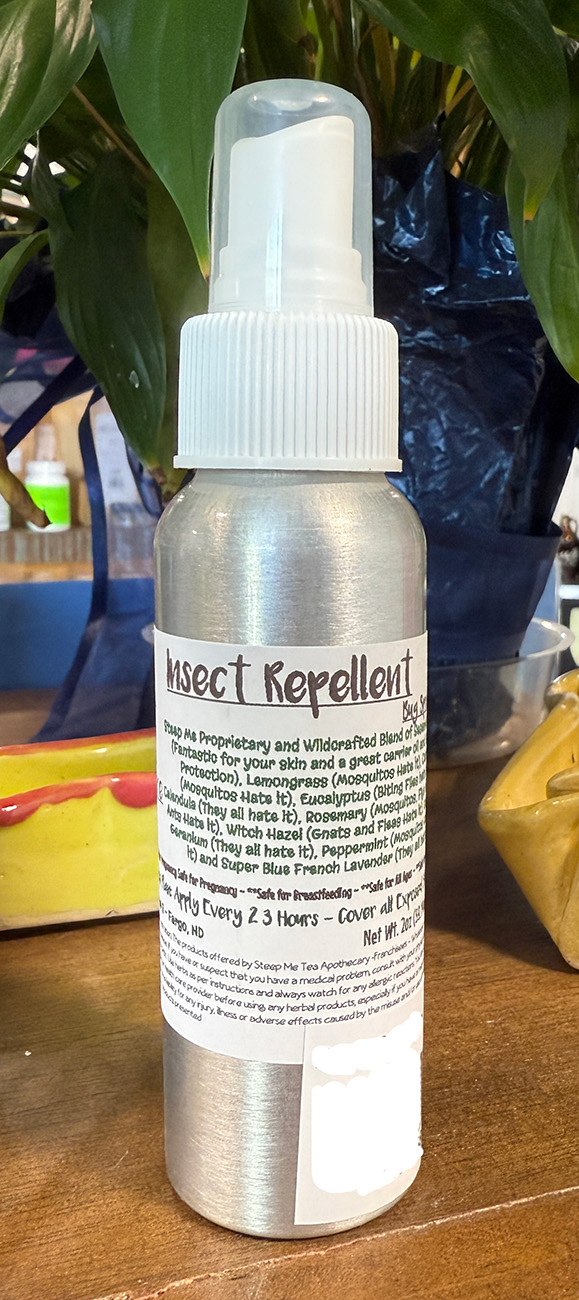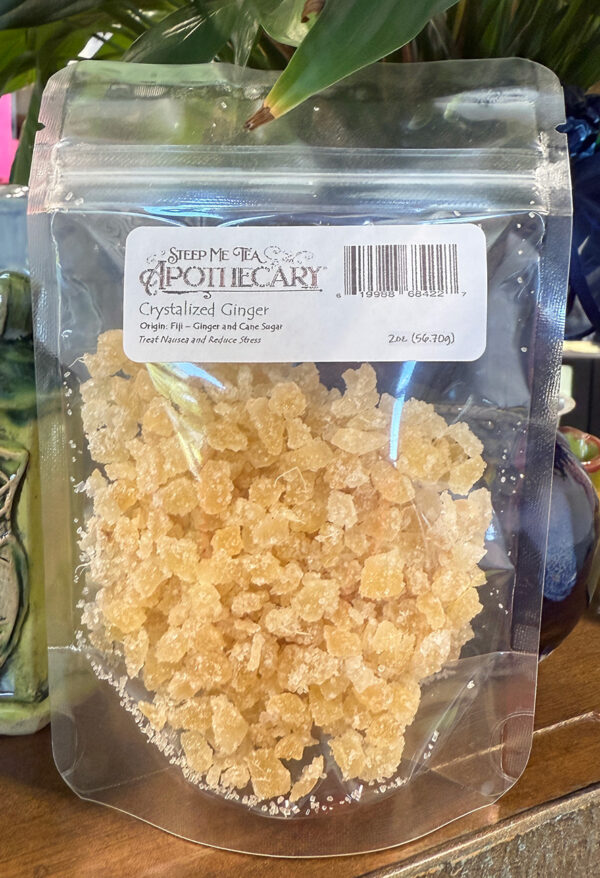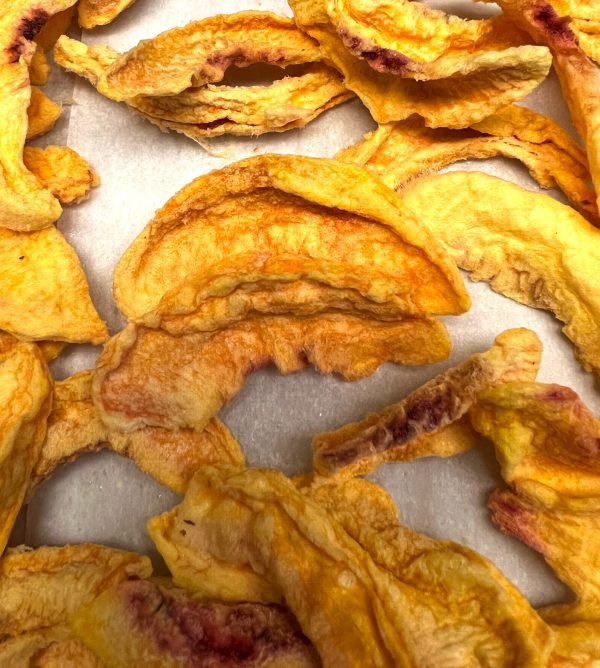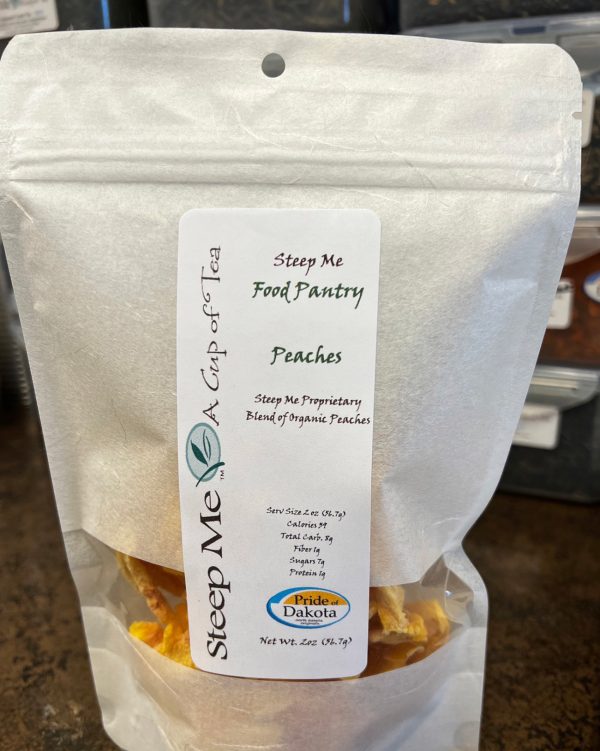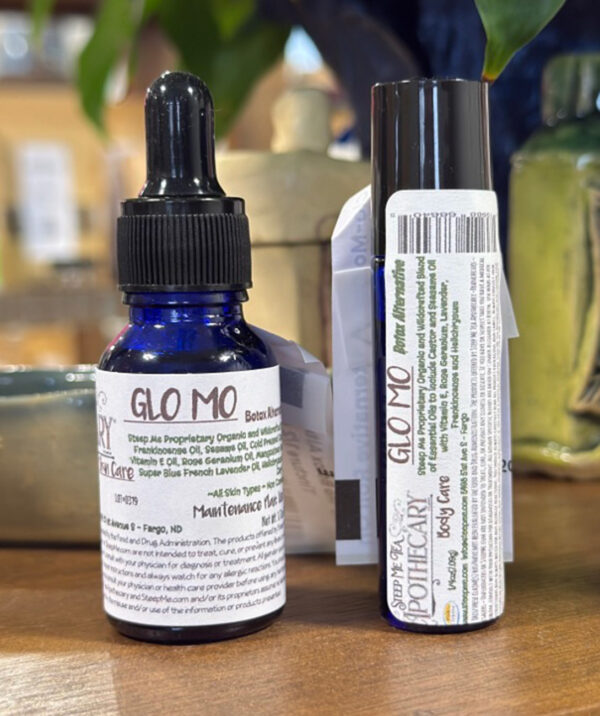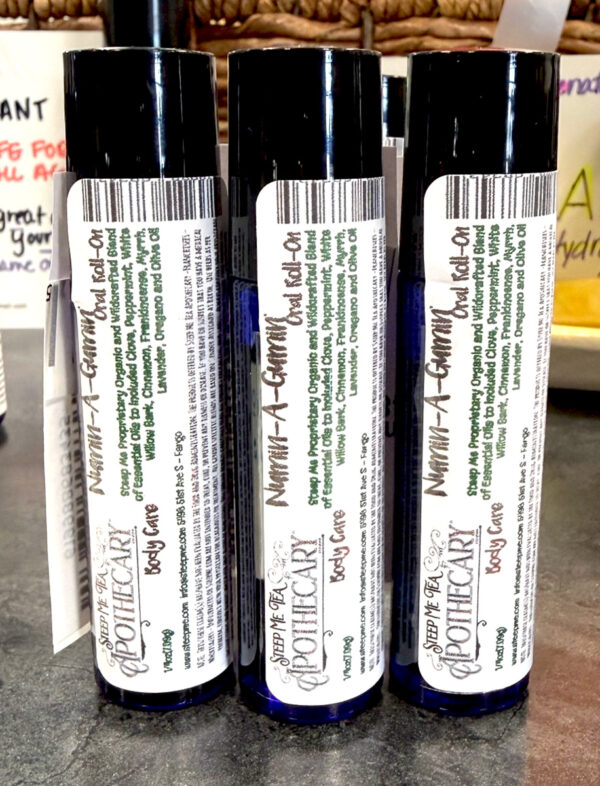With over 400 different kinds of loose tea that will exceed all tea lover’s expectations. You’re sure to find something you will love! All handcrafted by us in North Dakota.
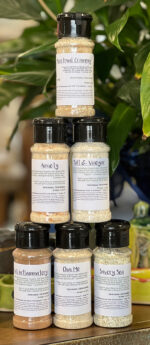
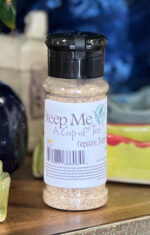
Back to products
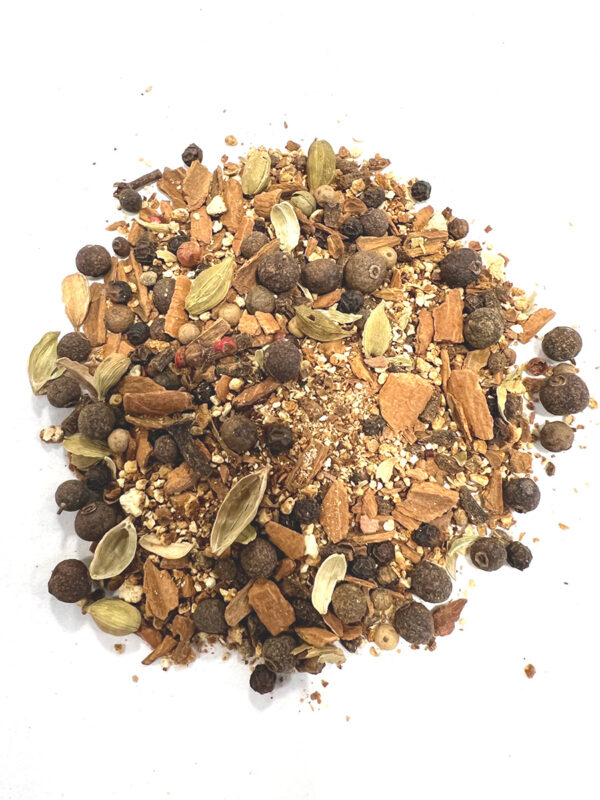

Mull Cider ~ Spiced Cider ~ Bags
From: $31.95
Popcorn Topping ~ All Natural ~ No Fillers ~ Gourmet
From: $7.00
What a fun and all-natural way to enhance your popcorn experience! Try our new popcorn topping with no fillers or other junky chemicals! All Yumminess!
SKU:
Popcorn Topping ~ Ailment Focused
Categories: Ingestible, Self Help, Steep Me Pantry
Description
Blender’s Notes Popcorn Topping ~ All Natural ~ No Fillers:
Welcome to our New line of Popcorn Toppings! We all love a great pop and wanted to have some fun and add in a great way to enhance your favorite snack. All of our Topping options are done in house with the finest organic ingredients and our highly successful Remedy Tea Blends. We only use what we would put into our own bodies without any yucky chemical fillers or powders to ensure highest quality in your Popcorn Topping!! Grab a few of your favorites and stock up! More Remedy and Fun Options will be added Weekly! Be sure to check back often!
These are only available online…
Corn was domesticated about 10,000 years ago, in what is now Mexico. Archaeologists discovered that people have known about popcorn for thousands of years. Fossil evidence from Peru suggests that corn was present there as early as 4700 BCE and popped there over 1000 years ago. The oldest definitive evidence for popping corn was discovered in New Mexico, United States, determined to be as early as 3600 BCE, and attributed to the Ancestral Puebloan peoples, who maintained trade networks with peoples in tropical Mexico. Through the 19th century, popping of the kernels was achieved by hand, on stove tops. Kernels were sold on the East Coast of the United States under names such as Pearls or Nonpareil. The term popped corn first appeared in John Russell Bartlett’s 1848 Dictionary of Americanisms. Popcorn is an ingredient in Cracker Jack, and, in the early years of the product, it was popped by hand. Popcorn’s accessibility increased rapidly in the 1890s with Charles Cretors’ invention of the popcorn maker. Cretors, a Chicago candy store owner, had created a number of steam-powered machines for roasting nuts and applied the technology to the corn kernels. By the turn of the century, Cretors had created and deployed street carts equipped with steam-powered popcorn makers. During the Great Depression, popcorn was fairly inexpensive at 5–10 cents a bag and became popular. Thus, while other businesses failed, the popcorn business thrived and became a source of income for many struggling farmers, including the Redenbacher family, namesake of the Orville Redenbacher’s popcorn brand. During World War II, sugar rations diminished candy production, and Americans compensated by eating three times as much popcorn as they had before. The snack was popular at theaters, much to the initial displeasure of many of the theater owners, who thought it distracted from the films. Their minds eventually changed, however, and in 1938 a Midwestern theater owner named Glen W. Dickinson Sr. installed popcorn machines in the lobbies of his Dickinson theaters. Popcorn was more profitable than theater tickets, and at the suggestion of his production consultant, R. Ray Aden, Dickinson purchased popcorn farms and was able to keep ticket prices down. The venture was a success, and popcorn soon spread. The rise of television in the 1940s brought lower popcorn consumption as theater attendance fell. The Popcorn Institute (a trade association of popcorn processors) promoted popcorn consumption at home, bringing it back to previous levels. In 1970, Orville Redenbacher’s namesake brand of popcorn was launched. In 1981, General Mills received the first patent for a microwave oven popcorn bag; popcorn consumption saw an increase. At least six localities (all in the Midwestern United States) claim to be the “Popcorn Capital of the World;”: Ridgway, Illinois; Valparaiso, Indiana; Van Buren, Indiana; Schaller, Iowa; Marion, Ohio; and North Loup, Nebraska. According to the USDA, specific corn for popcorn is grown mostly in Nebraska and Indiana, and increasingly in Texas. As the result of an elementary school project, popcorn became the official state snack food of Illinois.
In the popcorn industry, a popped kernel of corn is known as a “flake”. Two shapes of flakes are commercially important. “Butterfly” (or “snowflake”) flakes are irregular in shape and have a number of protruding “wings”. “Mushroom” flakes are largely ball-shaped, with few wings. Butterfly flakes are regarded as having better mouthfeel, with greater tenderness and less noticeable hulls. Mushroom flakes are less fragile than butterfly flakes and are therefore often used for packaged popcorn or confectionery, such as caramel corn. The kernels from a single cob of popcorn may form both butterfly and mushroom flakes; hybrids that produce 100% butterfly flakes or 100% mushroom flakes exist, the latter developed only as recently as 1998. Growing conditions and popping environment can also affect the butterfly-to-mushroom ratio. When referring to multiple pieces of popcorn collectively, it is acceptable to use the term “popcorn”. When referring to a singular piece of popcorn, the accepted term is “kernel”.
Popcorn is a popular snack food at sporting events and in movie theaters, where it has been served since the 1930s. Cinemas have come under fire due to their high markup on popcorn. Traditions differ as to whether popcorn is consumed as a hearty snack food with salt (predominating in the United States) or as a sweet snack food with caramelized sugar (predominating in Germany). Popcorn smell has an unusually attractive quality for human beings. This is largely because it contains high levels of the chemicals 6-acetyl-2,3,4,5-tetrahydropyridine and 2-acetyl-1-pyrroline, very powerful aroma compounds that are also used by food and other industries either to make products that smell like popcorn, bread, or other foods containing the compound in nature, or for other purposes. Popcorn as a breakfast cereal was consumed by Americans in the 1800s and generally consisted of popcorn with milk and a sweetener. Popcorn balls (popped kernels stuck together with a sugary “glue”) were hugely popular around the turn of the 20th century, but their popularity has since waned. Popcorn balls are still served in some places as a traditional Halloween treat. Cracker Jack is a popular, commercially produced candy that consists of peanuts mixed in with caramel-covered popcorn. Kettle corn is a variation of normal popcorn, cooked with white sugar and salt, traditionally in a large copper kettle. Once reserved for specialty shops and county fairs, kettle corn has recently become popular, especially in the microwave popcorn market. The popcorn maker is a relatively new home appliance, and its popularity is increasing because it offers the opportunity to add flavors of the consumer’s own choice and to choose healthy-eating popcorn styles. Popped sorghum is popular as a snack in India. The popped sorghum is similar to popcorn, but the puffs are smaller. Popcorn Facts for Kids
Features Popcorn Topping ~ All Natural ~ No Fillers:
- Great authentic taste – tastes great and can help with an Ailment you may have!!
- Completely Filler Free and Made with our Own Freeze-Dried Yogurt done In House.
- Ethically Sourced and Wildcrafted Ingredients when available then Organic…nothing less
- Add to your Popcorn after potting…works well with Butter or Coconut Oil
- Each Bottle is 1oz
Ingredients Salt & Vinegar: Steep Me Proprietary Organic and Wildcrafted Blend of Organic Whole Milk Yogurt with Pure Vinegar, Himalayan Sea Salt and Ground Black Pepper ~ Contains: MILK ~~ Dust to your liking on warm popcorn! Pairs well with Coconut Oil OR Butter
Ingredients Anti-Inflammatory: Steep Me Proprietary Organic and Wildcrafted Blend of Organic Whole Milk Yogurt with Horseradish, Steep Me Medicinal Mushroom Blend, Cacao and Cayenne Pepper ~ Contains: MILK ~~ Dust to your liking on warm popcorn! Pairs well with Coconut Oil OR Butter
Ingredients Menstrual Cramping: Steep Me Proprietary Organic and Wildcrafted Blend of Organic Whole Milk Yogurt with Horseradish, Dill, Cramp Bark, Fennel, Ginger Root and Astralagus ~ Contains: MILK ~~ Dust to your liking on warm popcorn! Pairs well with Coconut Oil OR Butter
Ingredients Chai Me: Steep Me Proprietary Organic and Wildcrafted Blend of Organic Whole Milk Yogurt with Ginger, Cloves, Cardamon and Fennel ~ Contains: MILK ~~ Dust to your liking on warm popcorn! Pairs well with Coconut Oil OR Butter
Ingredients Savory Sea: Steep Me Proprietary Organic and Wildcrafted Blend of Organic Whole Milk Yogurt with Dill, Horseradish, Ground Black Pepper, Steep Me Medicinal Mushroom Blend and Onion ~ Contains: MILK ~~ Dust to your liking on warm popcorn! Pairs well with Coconut Oil OR Butter
Ingredients Insomnia: Steep Me Proprietary Organic and Wildcrafted Blend of Organic Whole Milk Yogurt with Dill, Valerian Root and Monks Fruit ~ Contains: MILK ~~ Dust to your liking on warm popcorn! Pairs well with Coconut Oil OR Butter
Ingredients Anxiety: Steep Me Proprietary Organic and Wildcrafted Blend of Organic Whole Milk Yogurt with Freeze-Dried Tomatoes, Ashwagandha and Lemon Peel ~ Contains: MILK ~~ Dust to your liking on warm popcorn! Pairs well with Coconut Oil OR Butter
Ingredients Headache Helpin’: Steep Me Proprietary Organic and Wildcrafted Blend of Organic Whole Milk Yogurt with Horseradish, Dill, Fennel Seed and White Willow Bark ~ Contains: MILK ~~ Dust to your liking on warm popcorn! Pairs well with Coconut Oil OR Butter
Ingredients Strawberry Dream: Steep Me Proprietary Organic and Wildcrafted Blend of Organic Whole Milk Yogurt with Strawberry and Marshmallow ~ Contains: MILK ~~ Dust to your liking on warm popcorn! Pairs well with Coconut Oil OR Butter
Ingredients Citrus Snicker: Steep Me Proprietary Organic and Wildcrafted Blend of Organic Whole Milk Yogurt with Orange and Marshmallow ~ Contains: MILK ~~ Dust to your liking on warm popcorn! Pairs well with Coconut Oil OR Butter
Ingredients Garlic Lover: Steep Me Proprietary Organic and Wildcrafted Blend of Organic Whole Milk Yogurt with Garlic and Himalayan Pink Sea Salt ~ Contains: MILK ~~ Dust to your liking on warm popcorn! Pairs well with Coconut Oil OR Butter
Ingredients Cray Cray: Steep Me Proprietary Organic and Wildcrafted Blend of Organic Whole Milk Yogurt with Steep Me Medicinal Mushroom Blend, Kava Kava, Smoked Paprika and Himalayan Pink Sea Salt ~ Contains: MILK ~~ Dust to your liking on warm popcorn! Pairs well with Coconut Oil OR Butter
Ingredients Fresh Cut: Steep Me Proprietary Organic and Wildcrafted Blend of Organic Whole Milk Yogurt with Japanese Ceremony Grade Matcha, Vinegar, and Ground Black Pepper ~ Contains: MILK ~~ Dust to your liking on warm popcorn! Pairs well with Coconut Oil OR Butter
Ingredients Queen of Tarts: Steep Me Proprietary Organic and Wildcrafted Blend of Organic Whole Milk Yogurt with Vinegar, Freeze-Dried Lime, Freeze-Dried Cranberry and Freeze-Dried Pomegranate ~ Contains: MILK~~ Dust to your liking on warm popcorn! Pairs well with Coconut Oil OR Butter
Ingredients Poppin’ Parm: Steep Me Proprietary Organic and Wildcrafted Blend of Organic Whole Milk Yogurt with Vinegar and Steep Me Double Cheese Blend ~ Contains: MILK~~ Dust to your liking on warm popcorn! Pairs well with Coconut Oil OR Butter
Ingredients Cheese Crush: Steep Me Proprietary Organic and Wildcrafted Blend of Organic Whole Milk Yogurt with Vinegar and Steep Me Triple Cheese Blend~ Contains: MILK~~ Dust to your liking on warm popcorn! Pairs well with Coconut Oil OR Butter
Ingredients Cinni~Pop: Steep Me Proprietary Organic and Wildcrafted Blend of Organic Whole Milk Yogurt with Organic Cane Sugar and Vietnamese Cinnamon ~ Contains: MILK ~~ Dust to your liking on warm popcorn! Pairs well with Coconut Oil OR Butter
Ingredients Just Chivin’: Steep Me Proprietary Organic and Wildcrafted Blend of Organic Whole Milk Yogurt with Organic Sour Cream, Onion and Freeze-Dried Chives ~ Contains: MILK ~~ Dust to your liking on warm popcorn! Pairs well with Coconut Oil OR Butter
Additional information
| Weight | 4 oz |
|---|---|
| Size | , , , , , , , , , , , , , , , , , , |
Benefits
Tisane or Herbal Tea or Self-Help Tea
- Naturally Caffeine Free – unless specified
- Can be a powerful source of hydration
- Many self-help teas are based on multiple herbs giving a natural solution
- Great taste and can be steeped for long period of time
- Great options for kids who are learning to like tea
- Can taste like anything you want it to
When talking about the many types of tea, Tisane (Herbal Infusion) or Herbal Tea or Self-Help Tea is really not tea at all. It is made like a tea and all the same items are used to make it, but it does not contain the Camellia Sinensis Plant (unless stated), but is simply roots, flowers, leaves, and fruits put together is a combination that is made just like a tea. With that being said…the health benefits of a Tisane or Herbal teas are different. They can vary depending on the ingredients and combination of herbs so there are no blanket health benefits – just depends on the ingredients.
For many, the best part of Tisane or Herbal Tea or Self-Help Tea is the fact that it is caffeine free naturally. Of course there are herbs that can be added to change that. The most popular Herbal teas include Chamomile, Peppermint, Spearmint, and any combination of fruit blends or infusions. Our Self-Help Teas are simply supplemental herbal combinations to aid with an occasional ailment specific to what may be happening in your life. The teas are built to work and are not build with any specific flavorings. The blends are tested to the minimum requirements laid out by Steep Me A Cup of Tea. The taste provided is natural to the herbs present in the blend. No flavorings added.
This/these claim(s) has/have not been evaluated by the Food and Drug Administration. The products offered by Steep Me Tea Apothecary -Franchisees – Wholesalers – Influencers or SteepMe.com are not intended to treat, cure, or prevent any illness or disease. If you have or suspect that you have a medical problem, consult with your physician for diagnosis or treatment. Use herbs as per instructions and always watch for any allergic reactions. You should always carefully read all product packaging and labels. Always consult your physician or health care provider before using any herbal products, especially if you have a medical problem. Steep Me Tea Apothecary and SteepMe.com and/or its proprietors assume no liability for any injury, illness or adverse effects caused by the misuse and/or use of the information or products presented.
Related products
About the … Chai
$15.00
AdamsOrchard ~ Beard Hydrator ~ Shine Enhancer Oil
$30.00
Bug Spray ~ Insect Repellant
$12.00
GLO~MO ~ Skin Health
From: $17.00
We have developed a fantastic blend that would be considered a BOTOX alternative. Apply to the areas of need and enjoy!
Select options
This product has multiple variants. The options may be chosen on the product page
Mist~Ikal Hydrating Skin Mist
From: $30.00
This combination of herbs was built to help with overall skin healing and moisturizing. This is a Hydrosol or Spray option making it easy to get to those hard-to-reach places. Great for sun damage or giving the skin a cooling spritzes of soothing oil and essential oils to heal and create an extra barrier of protection from the inside out.
Select options
This product has multiple variants. The options may be chosen on the product page
Numin’ ~ A ~ Gumin’ ~ Oral Health ~ Roll-On
$18.00

